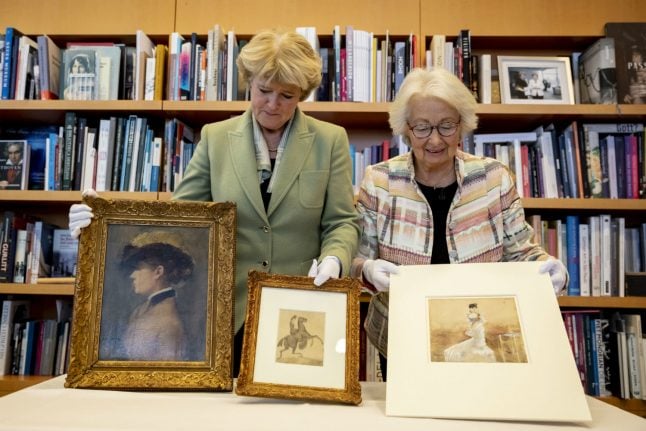It was part of a programme to return artefacts looted by the Nazis, included two paintings “Dame en robe du soir” (woman in an evening gown) and “Portrait d'une dame” (portrait of a woman) by Jean-Louis Forain.
The third was a drawing by Constantin Guys, a Dutch-born Frenchman who worked as a Crimean war correspondent.
They are among hundreds of looted items logged for return to owners or their descendants by German-Austrian collector Cornelius Gurlitt, who died in 2014. The Nazis engaged his father Hildebrand — who was part-Jewish — to sell items either stolen or confiscated from Jewish owners.
READ ALSO: Nazi-era art trove heir Cornelius Gurlitt dies
Dorville died in 1941 and his collection was distributed to museums and private collectors.
The family was unable to flee occupied France and most members were killed by the Nazis, who occupied the country from 1940-1944.
Several close relatives of Dorville's brother Charles perished at Auschwitz.
“It is no longer possible to make up for the suffering of the Dorville family under the Nazi persecution but we must render them visible and this restitution comprises an important gesture of historic justice,” said German secretary of state for culture, Monika Grütters.
Investigators discovered some 1,500 works, including drawings and prints by Pablo Picasso, in the house of Cornelius Gurlitt in 2013. To date just 13 have been returned to the families of their original owners.
READ ALSO: Germany doubles funding to return Nazi art



 Please whitelist us to continue reading.
Please whitelist us to continue reading.
Member comments